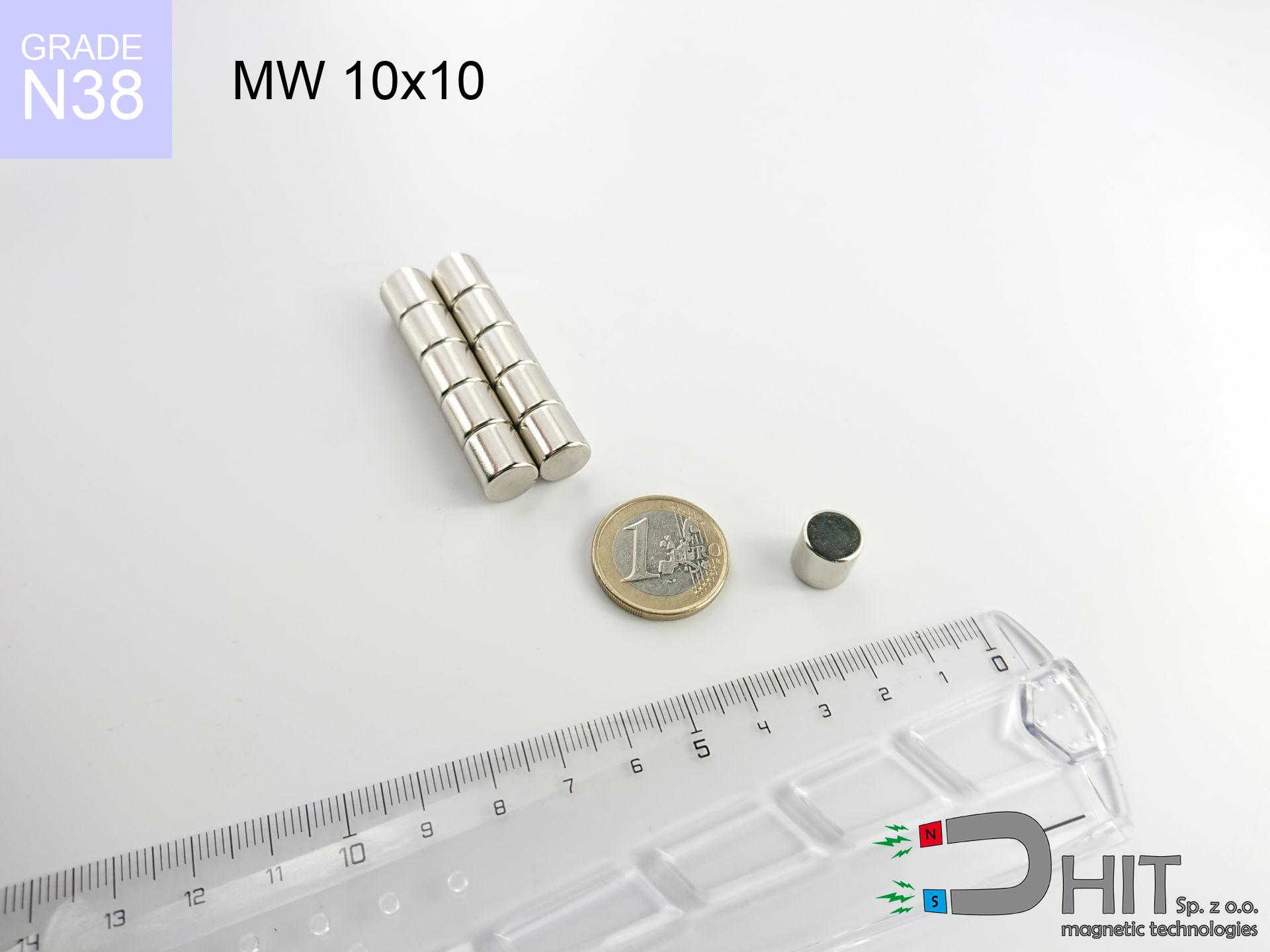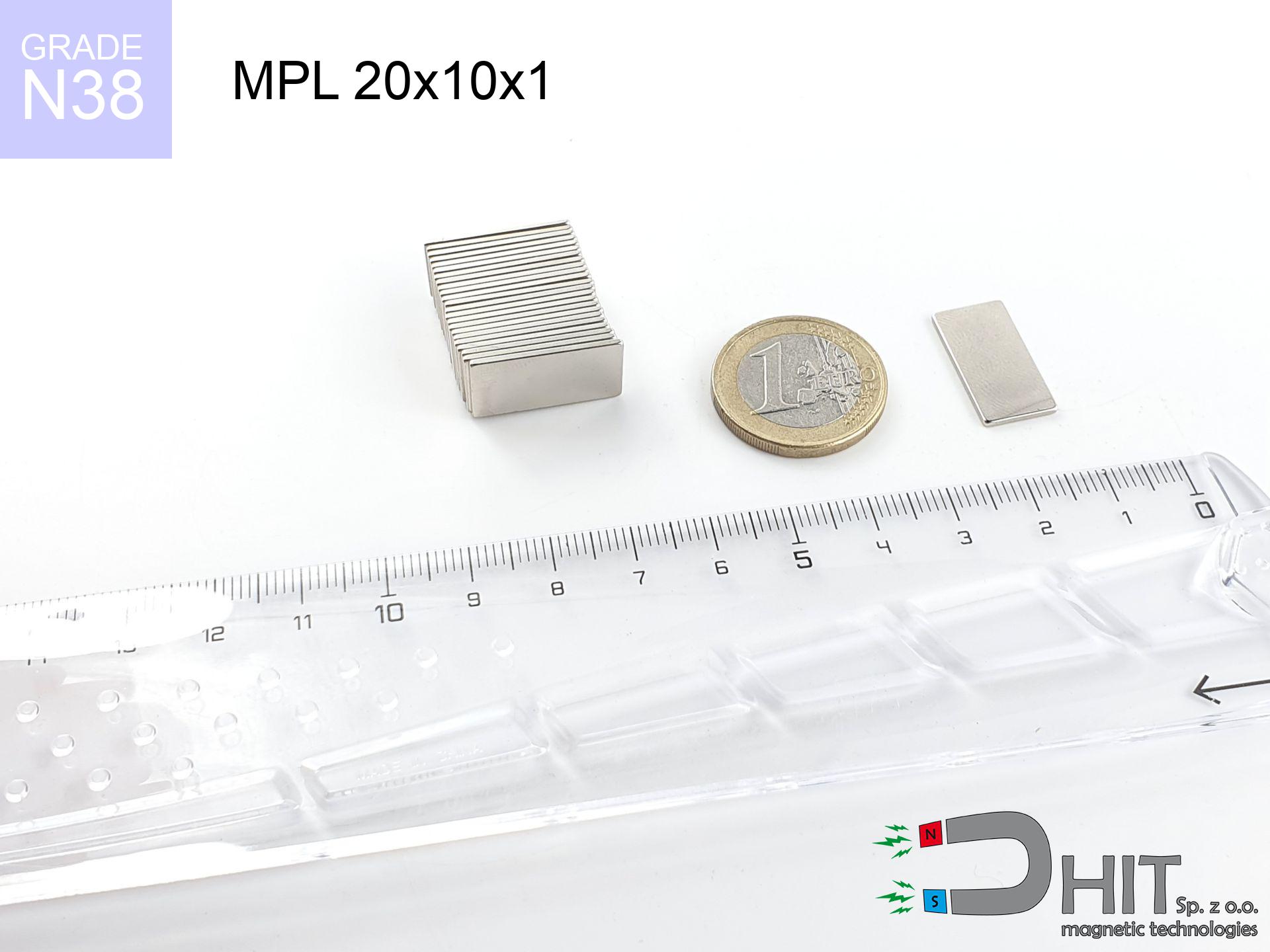AM szekla [M10] - magnetic accessories
magnetic accessories
Catalog no 080267
GTIN: 5906301812463
Weight
118 g
Load capacity
320 kg / 3138.13 N
4.92 ZŁ with VAT / pcs + price for transport
4.00 ZŁ net + 23% VAT / pcs
bulk discounts:
Need more?Looking for a better price?
Contact us by phone
+48 22 499 98 98
otherwise drop us a message using
our online form
the contact form page.
Lifting power along with shape of magnetic components can be verified using our
online calculation tool.
Order by 14:00 and we’ll ship today!
Magnetic properties of material
Physical properties of sintered neodymium magnets Nd2Fe14B at 20°C
Shopping tips
Strengths and weaknesses of neodymium magnets.
In addition to their magnetic efficiency, neodymium magnets provide the following advantages:
- They do not lose power, even after approximately 10 years – the drop in power is only ~1% (according to tests),
- They maintain their magnetic properties even under strong external field,
- A magnet with a metallic silver surface has an effective appearance,
- The surface of neodymium magnets generates a concentrated magnetic field – this is a distinguishing feature,
- Through (appropriate) combination of ingredients, they can achieve high thermal strength, allowing for operation at temperatures reaching 230°C and above...
- Thanks to freedom in designing and the ability to adapt to client solutions,
- Significant place in innovative solutions – they find application in mass storage devices, brushless drives, medical equipment, also technologically advanced constructions.
- Relatively small size with high pulling force – neodymium magnets offer strong magnetic field in small dimensions, which makes them useful in compact constructions
Problematic aspects of neodymium magnets: tips and applications.
- To avoid cracks upon strong impacts, we suggest using special steel housings. Such a solution secures the magnet and simultaneously increases its durability.
- Neodymium magnets lose their power under the influence of heating. As soon as 80°C is exceeded, many of them start losing their power. Therefore, we recommend our special magnets marked [AH], which maintain durability even at temperatures up to 230°C
- Magnets exposed to a humid environment can corrode. Therefore during using outdoors, we suggest using water-impermeable magnets made of rubber, plastic or other material protecting against moisture
- We recommend casing - magnetic mount, due to difficulties in creating threads inside the magnet and complex shapes.
- Potential hazard related to microscopic parts of magnets pose a threat, in case of ingestion, which is particularly important in the aspect of protecting the youngest. Furthermore, small components of these magnets are able to disrupt the diagnostic process medical after entering the body.
- High unit price – neodymium magnets are more expensive than other types of magnets (e.g. ferrite), which hinders application in large quantities
Breakaway strength of the magnet in ideal conditions – what it depends on?
Holding force of 320 kg is a result of laboratory testing conducted under specific, ideal conditions:
- with the use of a sheet made of low-carbon steel, ensuring full magnetic saturation
- whose transverse dimension is min. 10 mm
- with an polished touching surface
- without the slightest air gap between the magnet and steel
- for force applied at a right angle (in the magnet axis)
- at ambient temperature approx. 20 degrees Celsius
Impact of factors on magnetic holding capacity in practice
During everyday use, the actual holding force is determined by several key aspects, ranked from the most important:
- Air gap (betwixt the magnet and the plate), as even a microscopic distance (e.g. 0.5 mm) leads to a drastic drop in lifting capacity by up to 50% (this also applies to paint, corrosion or debris).
- Force direction – declared lifting capacity refers to detachment vertically. When slipping, the magnet holds significantly lower power (typically approx. 20-30% of nominal force).
- Wall thickness – the thinner the sheet, the weaker the hold. Part of the magnetic field passes through the material instead of generating force.
- Chemical composition of the base – low-carbon steel gives the best results. Alloy admixtures lower magnetic properties and holding force.
- Surface quality – the more even the plate, the larger the contact zone and stronger the hold. Roughness creates an air distance.
- Temperature – heating the magnet results in weakening of force. Check the thermal limit for a given model.
* Lifting capacity testing was carried out on plates with a smooth surface of optimal thickness, under a perpendicular pulling force, however under parallel forces the load capacity is reduced by as much as 75%. In addition, even a slight gap {between} the magnet and the plate decreases the load capacity.
Safety rules for work with neodymium magnets
Handling guide
Use magnets consciously. Their huge power can surprise even professionals. Stay alert and respect their power.
Pinching danger
Protect your hands. Two powerful magnets will snap together instantly with a force of several hundred kilograms, crushing anything in their path. Be careful!
Threat to navigation
Remember: neodymium magnets produce a field that disrupts precision electronics. Keep a separation from your phone, device, and GPS.
Warning for allergy sufferers
Warning for allergy sufferers: The nickel-copper-nickel coating contains nickel. If skin irritation appears, cease working with magnets and use protective gear.
This is not a toy
Absolutely store magnets out of reach of children. Choking hazard is significant, and the consequences of magnets connecting inside the body are fatal.
Mechanical processing
Fire warning: Neodymium dust is explosive. Avoid machining magnets in home conditions as this may cause fire.
Beware of splinters
NdFeB magnets are ceramic materials, which means they are fragile like glass. Impact of two magnets will cause them breaking into shards.
Heat sensitivity
Keep cool. Neodymium magnets are susceptible to temperature. If you require operation above 80°C, look for special high-temperature series (H, SH, UH).
Cards and drives
Intense magnetic fields can erase data on credit cards, HDDs, and other magnetic media. Maintain a gap of at least 10 cm.
ICD Warning
For implant holders: Strong magnetic fields affect medical devices. Maintain at least 30 cm distance or ask another person to work with the magnets.
Danger!
More info about hazards in the article: Magnet Safety Guide.

![Magnetic accessories AM szekla [M10] Magnetic accessories AM szekla [M10]](https://cdn3.dhit.pl/graphics/banners/magnet.webp)
![AM szekla [M10] - magnetic accessories](https://cdn3.dhit.pl/graphics/products/am-szekla-m10-zeh.jpg)


![SM 32x325 [2xM8] / N42 - magnetic separator SM 32x325 [2xM8] / N42 - magnetic separator](https://cdn3.dhit.pl/graphics/products/sm-32x325-2xm8-fog.jpg)
![BM 380x180x70 [4x M8] - magnetic beam BM 380x180x70 [4x M8] - magnetic beam](https://cdn3.dhit.pl/graphics/products/bm-380x180x70-4x-m8-wex.jpg)

